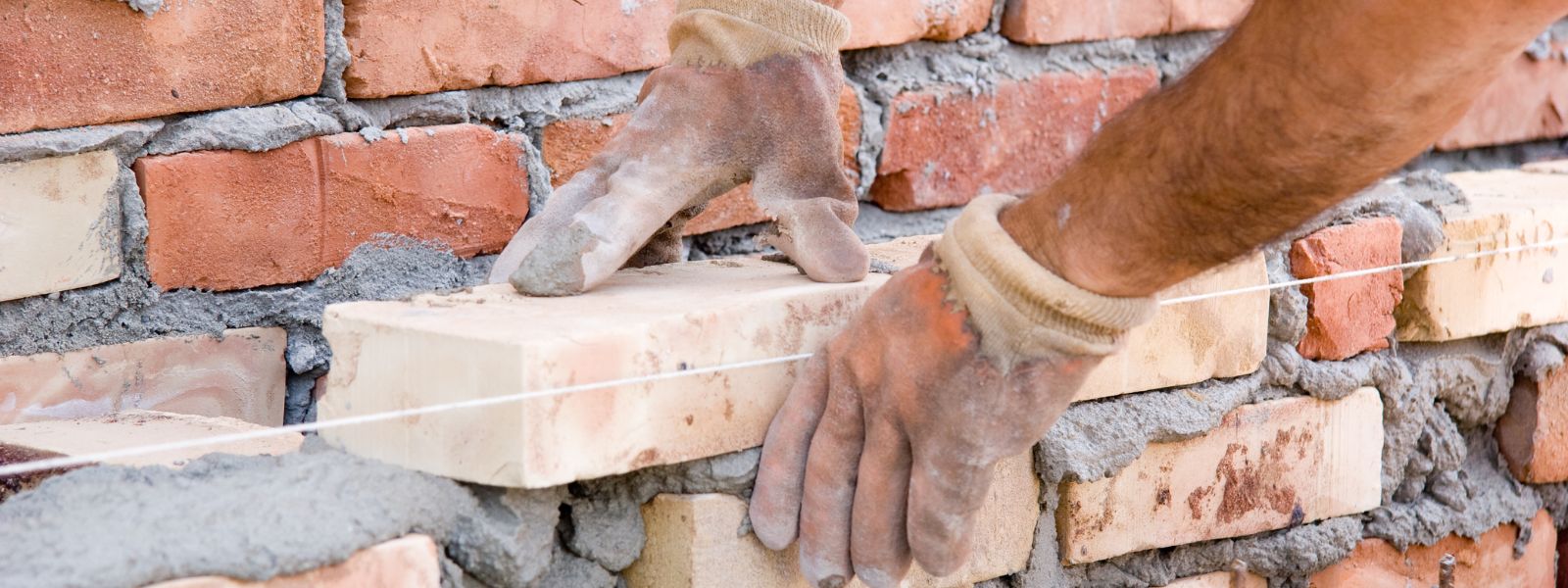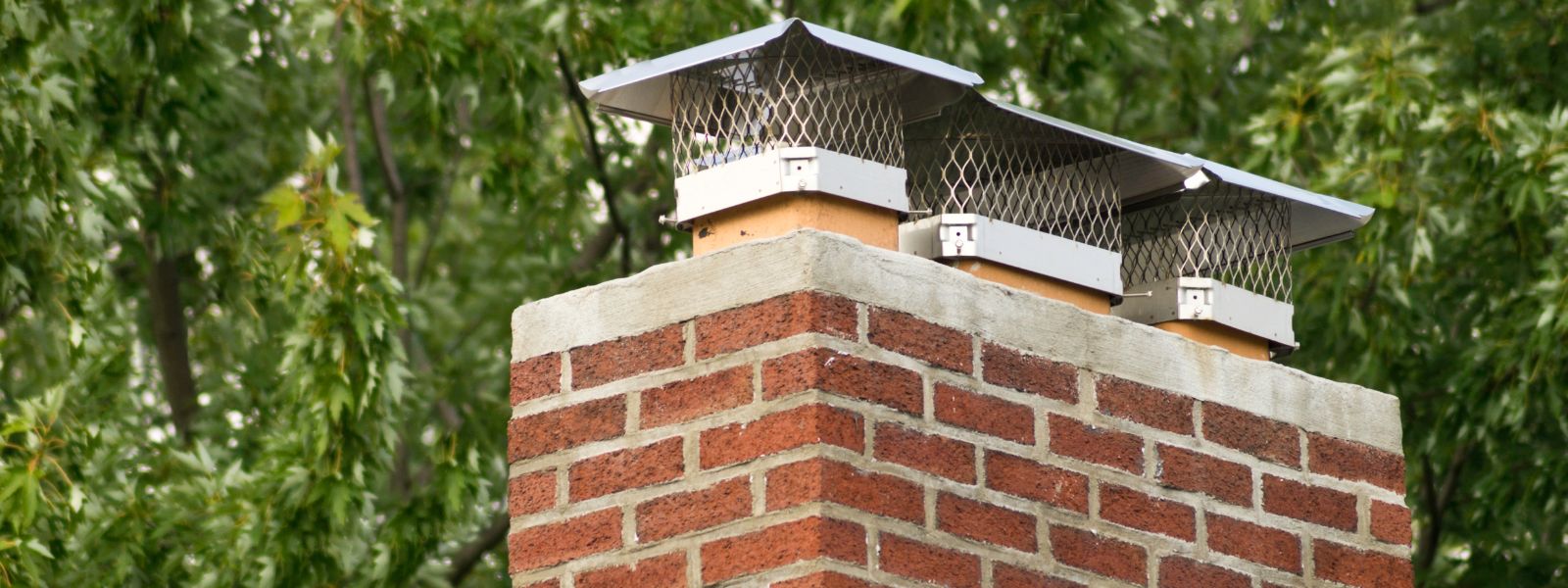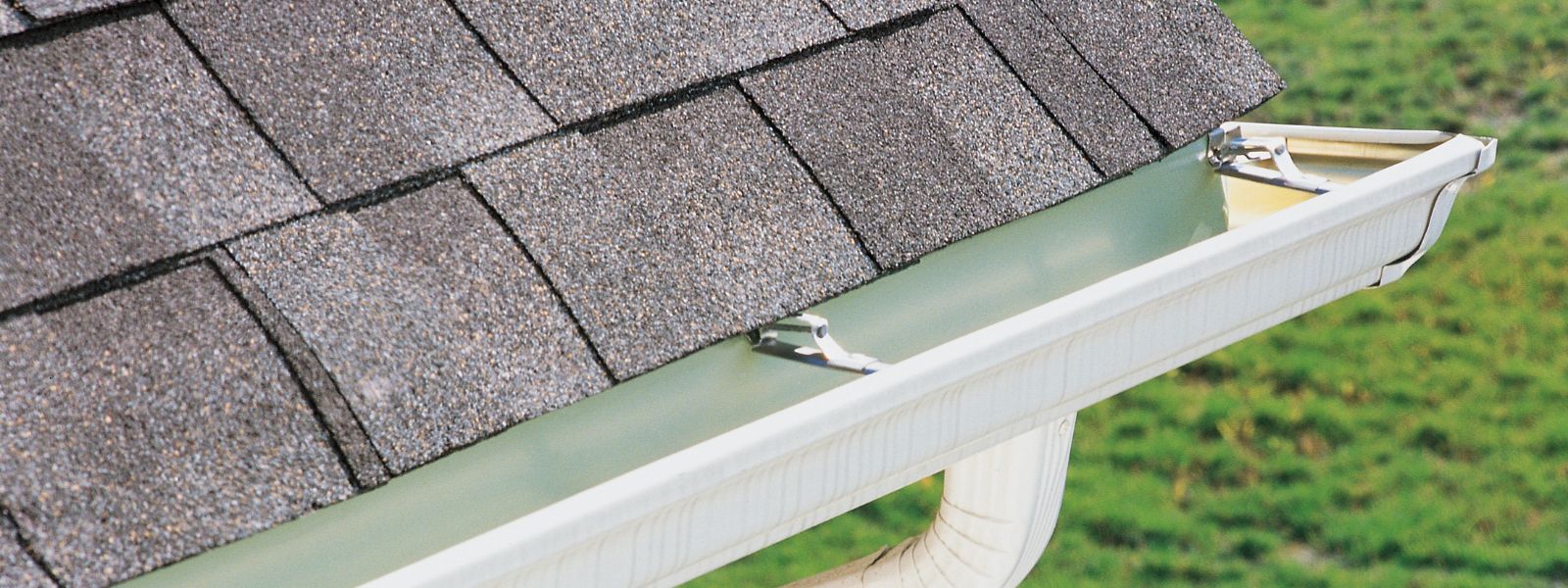Stop Roof Leaks in Their Tracks: Uncovering the Hidden Culprit – Your Chimney!

Introduction
Is your roof leaking, despite all efforts to patch it up? The culprit might surprise you – your chimney! Chimney leaks are a common but often overlooked cause of roof leaks. When not properly maintained, chimneys can develop cracks and gaps that allow water to seep into your home.
In this article, we’ll delve into the hidden world of chimney leaks and explore the reasons behind this common issue. Whether you have a traditional wood-burning chimney or a gas fireplace, understanding the potential points of weakness can help you prevent and address leaks before they cause extensive damage to your roof and interior.
We’ll take a closer look at the various factors that contribute to chimney leaks, from aging masonry to faulty flashing. You’ll learn the signs to look out for, such as water stains on walls or ceilings, musty odors, and deteriorating mortar. Armed with this knowledge, you can address these issues head-on and protect your home from water damage.
Don’t let a leaky chimney dampen your spirits – read on to discover how to stop roof leaks in their tracks and keep your chimney in tip-top shape.
Common causes of roof leaks
Roof leaks can be frustrating and costly to deal with. They can cause damage to your home’s structure, as well as your personal belongings. While many people assume that roof leaks are caused by damaged shingles or faulty gutters, the chimney often goes unnoticed as a potential source of leaks.
One common cause of chimney-related leaks is aging masonry. Over time, the mortar and bricks of a chimney can deteriorate due to exposure to the elements. This deterioration can create cracks and gaps that allow water to seep into your home. Additionally, the flashing around the chimney, which is designed to create a watertight seal, can become damaged or dislodged, leading to leaks.
Another factor that contributes to chimney leaks is poor chimney construction. If the chimney was not properly built or lacks a proper chimney cap, rainwater can easily enter and cause leaks. Furthermore, chimneys that are not tall enough relative to the roofline can create a backdraft effect, causing rainwater to be forced into the chimney and eventually find its way into your home.
The role of the chimney in roof leaks
Understanding the role of the chimney in roof leaks is essential for homeowners. A chimney is not just a decorative feature; it serves an important purpose in allowing smoke and gas to escape from your home when using a fireplace or wood-burning stove. However, it also creates a potential vulnerability that can lead to water damage.
Chimneys are typically built with a gap between the chimney structure and the surrounding roof. This gap is filled with flashing, a waterproof material that helps create a seal between the chimney and the roof. However, over time, the flashing can deteriorate or become damaged, allowing water to enter your home.
In addition to flashing issues, chimney leaks can also occur due to cracks in the chimney structure itself. When bricks and mortar begin to break down, water can seep into the chimney and find its way into your home. This can lead to water stains on walls or ceilings, musty odors, and even structural damage if left unaddressed.
Signs of chimney-related roof leaks
Detecting chimney-related roof leaks early on is crucial to prevent further damage. Here are some signs to look out for that may indicate a leaky chimney:
Water stains on walls or ceilings: If you notice brown or yellowish stains on your walls or ceilings, especially near the chimney, it could be a sign of water infiltration.
Musty odors: A persistent musty smell in your home, particularly around the fireplace or chimney area, could indicate water damage and mold growth.
Deteriorating mortar: Take a close look at the mortar joints in your chimney. If you notice any cracks, gaps, or crumbling mortar, it may be a sign of water damage.
Damaged wallpaper or peeling paint: Moisture from a leaking chimney can cause wallpaper to bubble or peel, as well as paint to crack or flake off.
Water in the fireplace: If you find water pooling in the fireplace after rain, it’s a clear indication that your chimney is leaking.
If you notice any of these signs, it’s essential to address the issue promptly to prevent further damage to your roof and interior.
Understanding chimney flashing and its importance
Chimney flashing is a critical component in preventing chimney-related roof leaks. It is a thin, waterproof material that is installed around the base of the chimney where it meets the roof. Flashing acts as a barrier, creating a watertight seal to prevent water from entering your home.
There are different types of flashing materials available, including metal (such as aluminum or copper) and synthetic materials. Metal flashing is commonly used due to its durability and effectiveness in repelling water. However, over time, metal flashing can corrode or become damaged, leading to leaks.
Proper installation of flashing is crucial to ensure its effectiveness. It should be securely attached to the chimney and roof, with overlapping layers that direct water away from the vulnerable areas. Additionally, the flashing should be properly sealed to create a tight barrier against water infiltration.
Regular inspection of chimney flashing is essential to identify any damage or deterioration. If you notice loose or missing flashing, it’s important to have it repaired or replaced promptly to prevent leaks.
Proper chimney maintenance to prevent roof leaks
To prevent chimney-related roof leaks, regular maintenance is key. Here are some essential steps you can take to keep your chimney in optimal condition:
Annual chimney inspection: Hire a professional chimney inspector to conduct a thorough inspection of your chimney at least once a year. They will check for any signs of damage, including cracks, gaps, or loose flashing, and recommend necessary repairs.
Chimney cleaning: Regular chimney cleaning is essential to remove creosote buildup, which can increase the risk of chimney fires and compromise the integrity of the chimney structure. Hire a professional chimney sweep to clean your chimney and ensure that it is free from debris.
Waterproofing: Applying a waterproof sealant to the exterior of your chimney can help protect it from water damage. This sealant creates a barrier that repels water while still allowing the chimney to breathe.
Chimney cap installation: Installing a chimney cap is an effective way to prevent water, debris, and animals from entering your chimney. A chimney cap acts as a protective barrier, keeping your chimney free from damage and potential leaks.
Maintain proper ventilation: Proper airflow is essential to prevent moisture buildup in your chimney. Ensure that your chimney is properly vented and that there are no blockages that could impede the flow of air.
By following these maintenance practices, you can significantly reduce the risk of chimney-related roof leaks and prolong the lifespan of your chimney.
Repairing chimney-related roof leaks
If you discover a chimney-related roof leak, it’s important to address it promptly to prevent further damage. Depending on the severity of the leak, you may need to hire a professional chimney repair specialist. Here are some common repair methods for chimney-related roof leaks:
Flashing repair or replacement: If the flashing around your chimney is damaged or deteriorated, it will need to be repaired or replaced. A professional chimney repair specialist can remove the old flashing and install new flashing to create a watertight seal.
Masonry repair: If your chimney has cracks or gaps in the masonry, it will need to be repaired. A chimney repair specialist can fill in the cracks and replace damaged bricks or mortar to restore the integrity of the chimney structure.
Chimney cap replacement: If your chimney cap is damaged or missing, it will need to be replaced. A chimney repair specialist can install a new chimney cap to prevent water from entering the chimney.
Waterproofing treatment: Applying a waterproof sealant to the exterior of your chimney can help prevent future leaks. A chimney repair specialist can apply a high-quality waterproofing treatment that will protect your chimney from water damage.
It’s important to consult with a professional to determine the most appropriate repair method for your specific chimney issue. Attempting DIY repairs without the necessary knowledge and experience can lead to further damage and may not effectively resolve the leak.
DIY solutions for minor chimney-related roof leaks
While more extensive chimney repairs require professional assistance, there are some DIY solutions you can try for minor chimney-related roof leaks:
Patching cracks: If you notice small cracks in your chimney masonry, you can try patching them with chimney repair caulk or mortar. Clean the area thoroughly, apply the caulk or mortar, and smooth it out with a trowel. This temporary fix can help prevent further water infiltration until a professional can assess and repair the chimney.
Temporary sealant: If you suspect that the flashing around your chimney is the source of the leak, you can apply a temporary sealant to create a temporary barrier against water. Products like roof sealant or roof cement can be applied at the base of the chimney where it meets the roof. However, keep in mind that this is just a temporary solution, and professional repairs should be done as soon as possible.
It’s important to note that these DIY solutions are temporary fixes and should not replace professional repairs. They can help mitigate minor leaks and prevent further damage until a professional can properly assess and address the issue.
Preventing future chimney-related roof leaks
Prevention is always better than cure when it comes to maintaining your chimney and preventing roof leaks. Here are some additional measures you can take to keep your chimney in top shape:
Monitor the condition of your chimney regularly: Keep an eye out for any signs of damage or deterioration, such as cracks, gaps, or loose flashing. Promptly address any issues to prevent them from worsening and causing leaks.
Trim overhanging branches: If there are trees near your chimney, make sure to trim any overhanging branches. Falling branches can damage the chimney structure and create openings for water to enter.
Keep gutters clean: Clogged gutters can lead to water overflow, which can find its way into your chimney. Regularly clean your gutters to ensure proper drainage and prevent water from pooling near the chimney.
Install a chimney cricket: A chimney cricket is a small roof-like structure that is installed on the uphill side of the chimney. It helps divert water away from the chimney and prevents water from pooling behind it.
Consider chimney waterproofing: Applying a waterproof sealant to the exterior of your chimney can provide an extra layer of protection against water damage. Consult with a professional chimney repair specialist to determine the best waterproofing solution for your chimney.
By implementing these preventative measures and conducting regular maintenance, you can significantly reduce the risk of chimney-related roof leaks and ensure the longevity of your chimney.
Conclusion: Importance of addressing chimney issues to stop roof leaks
Don’t let a leaky chimney dampen your spirits. By understanding the common causes of chimney-related roof leaks and recognizing the signs of a leak, you can take proactive steps to address the issue before it causes extensive damage to your roof and interior.
Regular chimney maintenance, including annual inspections and cleaning, is essential to prevent leaks. Hiring a professional chimney inspector ensures a thorough assessment of your chimney’s condition and allows for early detection of potential issues.
If you do discover a chimney-related roof leak, it’s important to consult with a professional chimney repair specialist who can provide the appropriate repairs or replacements.
Remember, prevention is key. By implementing preventative measures and conducting regular maintenance, you can keep your chimney in optimal condition and enjoy a leak-free roof for years to come.
So, don’t overlook your chimney when it comes to roof leaks. Uncover the hidden culprit and take action to stop leaks in their tracks!




Thanks for sharing. I read many of your blog posts, cool, your blog is very good.